July Gardening Tips and To-Dos for the Pacific Northwest
This is the time of year when your garden is growing the most beautiful blooms and you start enjoying the benefits of your hard work. There’s still plenty to do during these summer months so here are some July gardening tips and to-dos for your Pacific Northwest garden to get you started.
Welcome to the summer month of July, the favorite time of the gardening season for many gardeners in the Pacific Northwest. The weather is warm, the days are long, and there’s plenty of time to enjoy the fruits of your labor.
As an Amazon affiliate, I earn from qualifying purchases at no extra cost to you. My blog contains other affiliate links for your convenience as well. Click here to read my privacy policy.
July Gardening To-Do List
In this post, I’ll be sharing some gardening tricks and tips to follow this month in the Pacific Northwest to ensure healthy plants, beautiful blooms, and a bountiful vegetable garden.
Whether you’re a beginner or an experienced gardener, these helpful tips will guide you through the tasks that need the most attention in your garden this month.
Assess Soil Moisture and Watering
During hot temperatures and dry weather, it’s a good idea to monitor soil moisture levels. Watering regularly is essential, especially for new plantings and container gardens. They tend to dry out quickly in the summer months.
Consider different methods such as using soaker hoses or drip irrigation systems to provide a steady supply of water directly to the base of the plant, promoting deep root growth. Be mindful of drought conditions and adjust watering schedules accordingly.
Morning is a good time to water so it doesn’t evaporate in the heat of the day. If you have to water in the evening, try to water directly into the roots and keep them from getting any foliage wet to avoid disease or fungus.
Flower Maintenance
Roses
- Deadhead spent blooms – Deadhead your roses regularly with clean pruners to keep your plants producing fresh rose blooms
- Fertilize your rose plants – Apply a monthly application of rose fertilizer to keep your roses beautiful and productive.
Freshen Up Garden Annuals
Deadhead spent annuals regularly to promote new growth and keep them blooming all summer. Slugs, hot temperatures, overwatering, and dehydration are just a few reasons your annual flowering plants may die off. If one of your annuals is struggling or dies off, replace it with a fresh plant.
Prune, Cut Back, and Harvest Garden Plants
Cut Back Spring-Flowering Bulb Foliage
Once your spring bulb foliage has died off and turned brown, it’s time to remove it. I pulled most of mine in June but am starting to pull the remaining dried-up daffodil foliage.
Delphiniums and Phlox
Fertilize and cut back any spent delphinium and phlox flowers to encourage a second bloom.
Remove Suckers from Fruit Trees
As soon as you spot any suckers on fruit trees, remove them by pulling the smaller ones or clip them off with garden pruners or gardening shears.
Harvest Fruits, Vegetables, and Flowers
Picking fruits, vegetables, and flowers benefits your garden by…
Harvest from the vegetable garden as they have ripened. Overly ripe vegetables quickly lose their flavor and texture.
Prune Summer-Blooming Shrubs
Summer blooming shrubs should be pruned to shape after they are finished flowering. Remove any dead or diseased branches.
Keep Weeds Under Control
Weeding is an extremely important task in the July garden. Weeds can steal water and nutrients from other plants in your garden.
Adding a layer of mulch helps to keep the weeds under control in your garden. It can be much easier to pull weeds if they are wet, after a rain storm, or by watering them deeply before the task.
If you can’t get to weeding right away, cut off the heads of the weeds to keep them from going to seed.
Monitor for Common Pests and Diseases
With the summer heat in full swing, insect pests and fungal diseases can pose a threat to your garden.
Keep an eye out for aphids, spider mites, powdery mildew, black spot, tomato hornworms, and Japanese beetles in your garden space. Inspect your plants regularly and promptly address any signs of damage or infestation.
Consider using organic methods like insecticidal soap spray or introducing beneficial insects to control garden pests.
Slug Control
Slugs thrive in moist areas of the garden. Some of the spots I look for these pests are under rocks and flower containers, in overgrown vegetation, and even under large leaves. They generally hide out during the day but come out full force in the dark evening hours.
Continue applying slug bait to areas in the garden where the slug’s favorite flowers are such as dahlias, zinnias, and marigolds. I personally use Sluggo which is safe for pets and wildlife.
Other slug-killing methods include a small container of beer, an evening of slug hunting with a flashlight, and your favorite slug-killing tool,
Promote Air Circulation
Good air circulation is crucial for preventing diseases in your garden plants. Trim and prune your plants to maintain proper spacing and remove any affected leaves or diseased plants.
This will help improve air circulation and reduce the risk of fungal diseases. Stake your tall flowers and vine crops to provide support and prevent damage from heavy winds.
Garden Maintenance
Sprinklers and Drip Systems
If you have a sprinkler or drip irrigation system, make sure you regularly check to make sure it is working properly and adjust if there are plants that aren’t being watered in the garden.
Support Tall Garden Flowers
If you haven’t already, support any tall flowers such as dahlias, sweet peas, and snapdragons to protect them from damage due to heavy rain and winds.
Spring Bulb Maintenance
After your single-blooming bearded irises have finished blooming, July is a great time to dig crowded bulbs and rhizomes out of the ground, and divide and transplant them. These flowers like to produce flowers from the newest growth and will eventually stop flowering as heavily if they are not divided.
The spent flower stalk should be cut off. Once the foliage tips of the bearded iris turn brown, stop watering the plant. Once they wither, pull the rhizomes out of the ground and split them.
Some helpful tips:
Plant and Sow in July
Plant Warm Weather-Loving Vegetables and Herbs
Continue succession planting carrots, herbs (chives, basil, and parsley), and slow-to-bolt salad greens such as Red Cross and Jericho to continue harvesting through the summer.
Use shade cloth to keep carrots, radishes, and other quick-growing vegetables cooler in the July heat.
Sow Seeds for Cool-Season Crops
Directly sow cool-season crop seeds in the garden by mid-July.
Order Spring Bulbs to Plant in the Fall
It’s definitely not too early to order your spring bulbs in July. Many of the favorite varieties are sold out quickly and the bulbs will be delivered at the time they should be planted in your hardiness zone.
Start Fall Garden Planning
Late July is a great time to start planning and preparing for your fall garden.
Begin by evaluating your gardening zone and determining the best time to sow seeds or transplant seedlings. Consider cool-season crops such as sweet peas, leafy greens, and root vegetables,
Prepare your garden bed by incorporating organic matter to improve soil fertility, weed control, and moisture retention and prevent soil erosion.
July is a wonderful time in the gardening season when the hard work starts to pay off. By following these gardening tips and tricks, you can ensure your plants thrive and enjoy a bountiful harvest.
From maintaining soil moisture and managing pests to planning for fall, this is the perfect time to enjoy the beauty of your garden and savor the rewards of your efforts.
I hope you’ve found these gardening beginner tips and tricks helpful. If you have any questions or additional suggestions about Pacific Northwest gardening to-dos in July, please share them in the comments below. And be sure to share this blog post link with anyone who may find these gardening tips useful.
Until next time,
Happy Gardening

I’m a self-taught hobby gardener. Everything I share on my blog is my opinion and what has worked for me.
Follow Me for More Inspiration
Shop my Amazon Storefront, LTK sources, and my favorite home decor, garden, and lifestyle products. When you purchase from one of my links, I earn a small commission, which helps me continue sharing all the content you expect on my blog.
Be sure to follow me on Pinterest, Instagram, Facebook, TikTok and LIKEtoKNOW.it. Do you like gardening? Join my Facebook Gardening Tips & Tricks group.


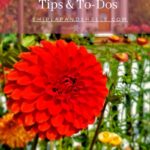
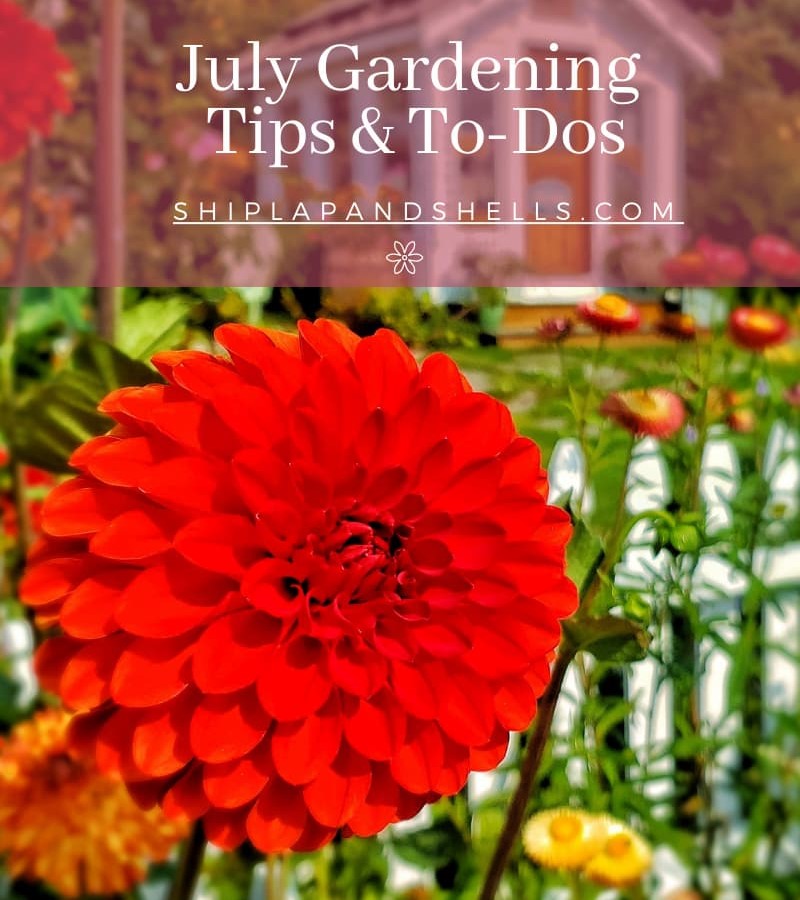


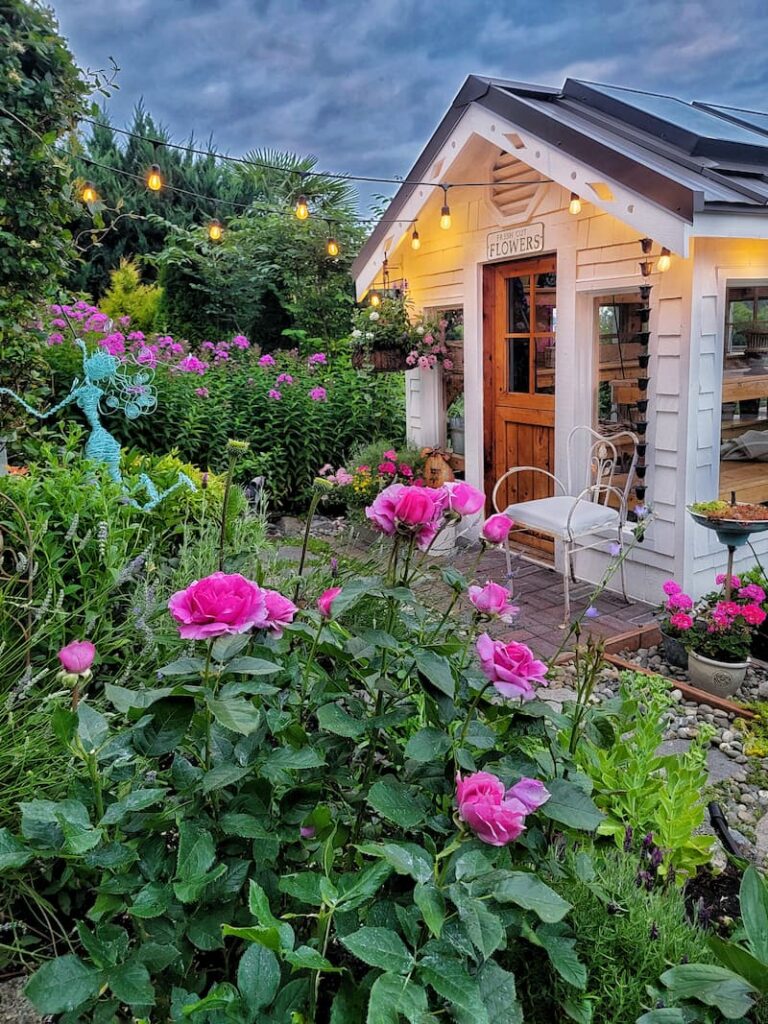
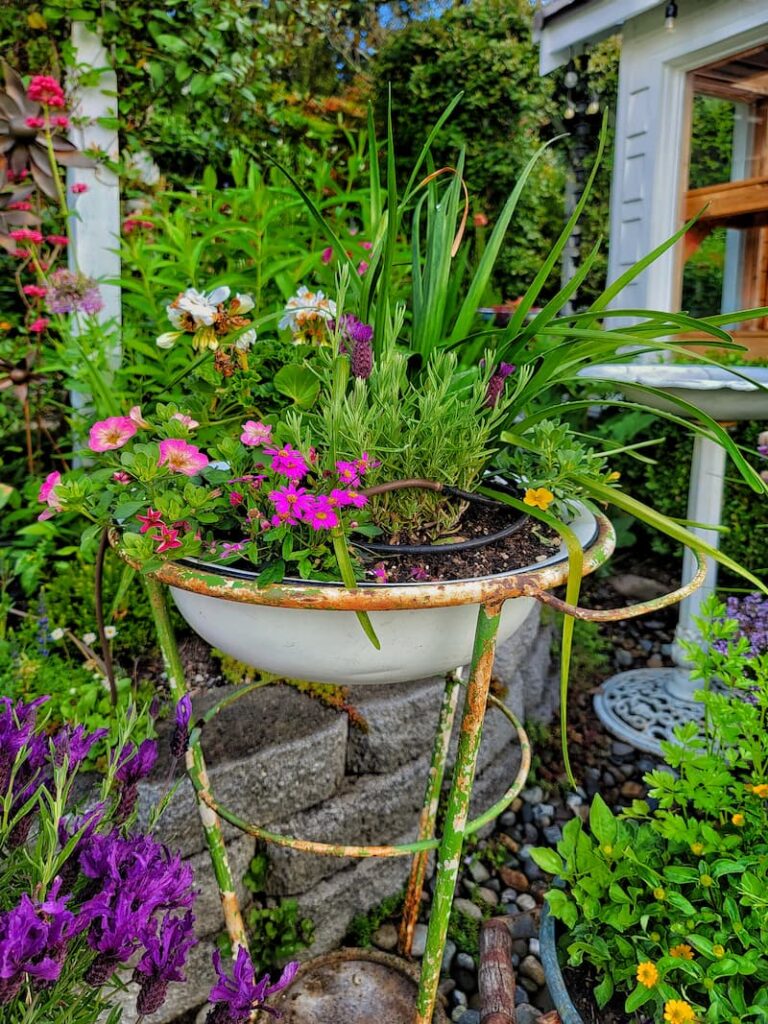
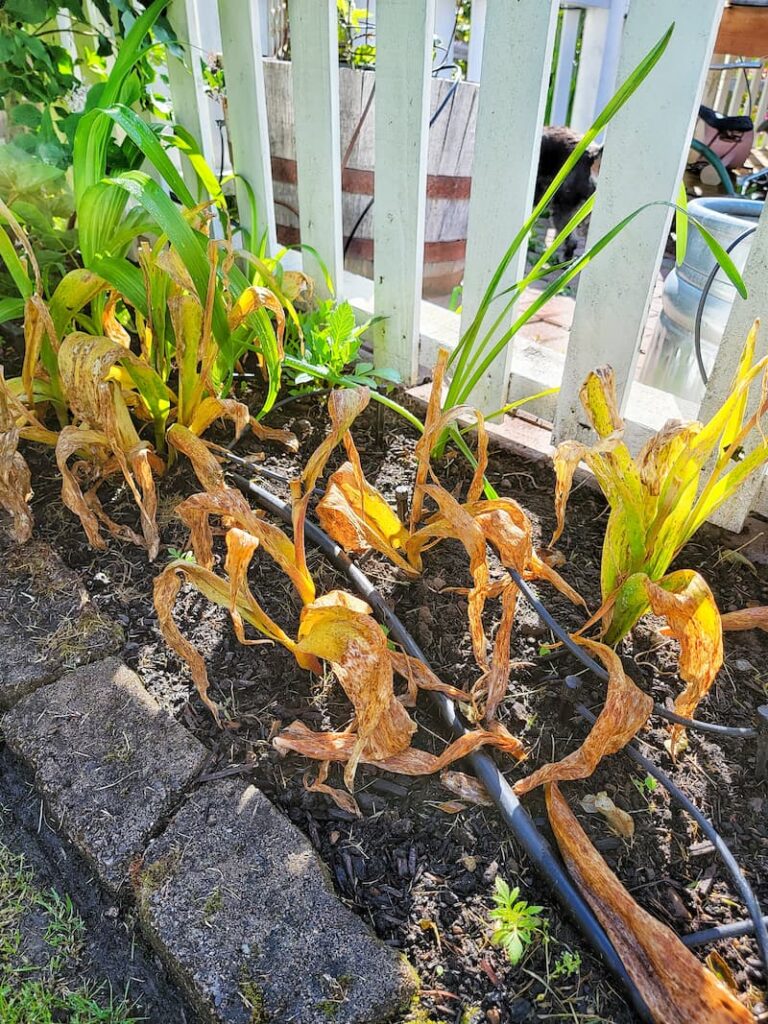
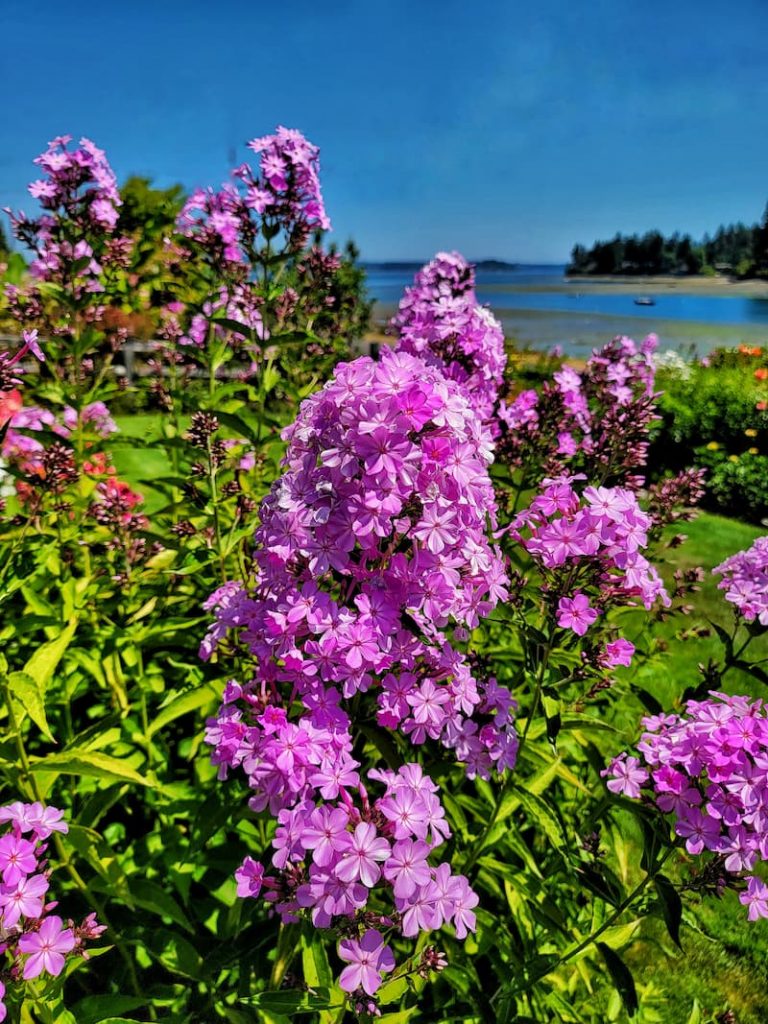
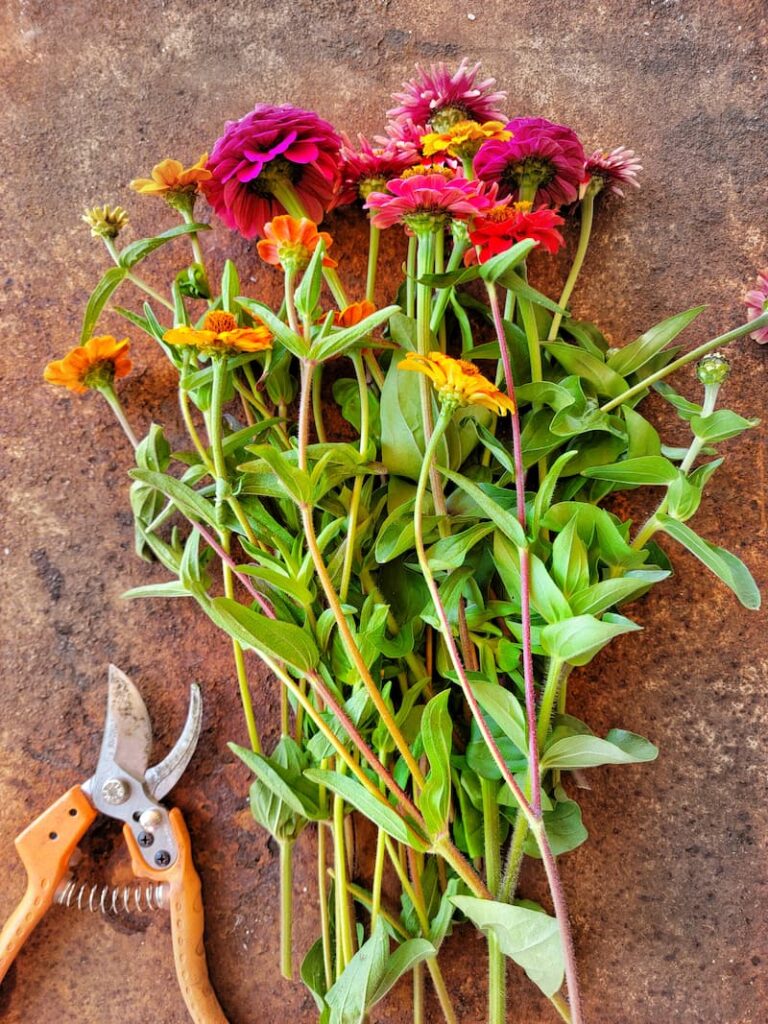
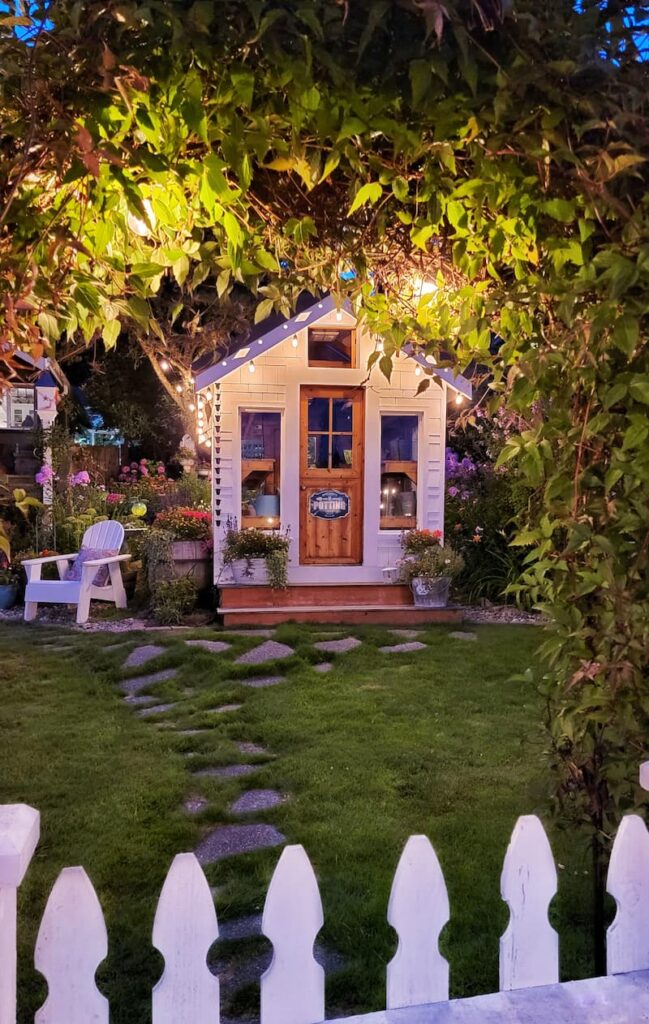
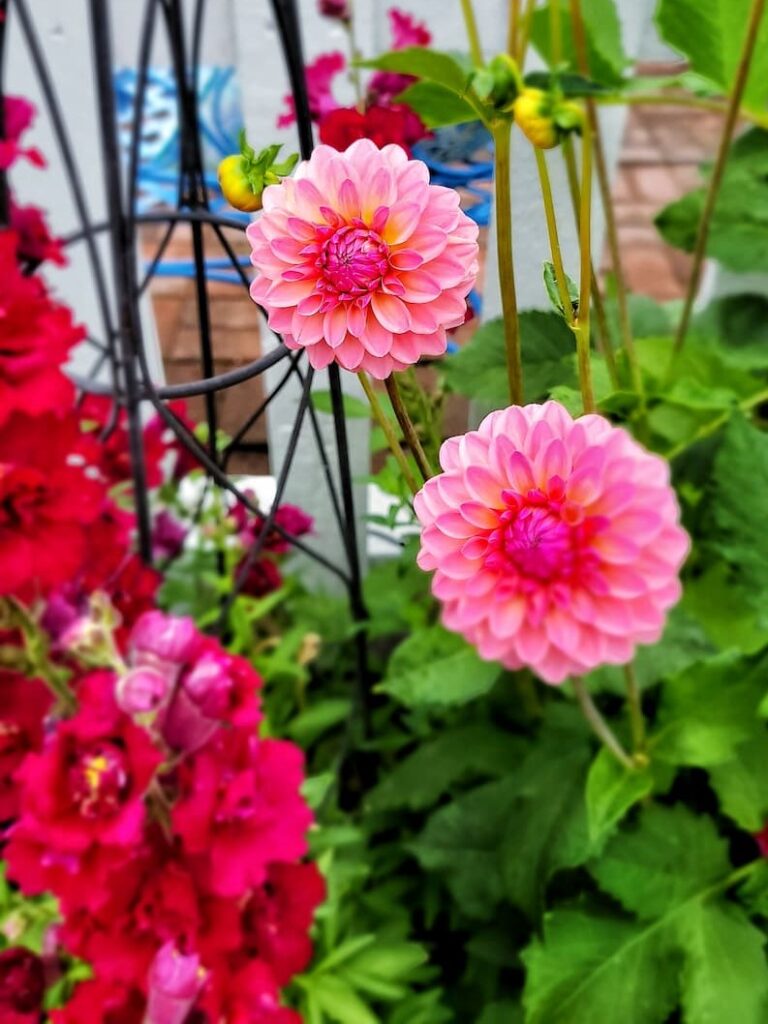
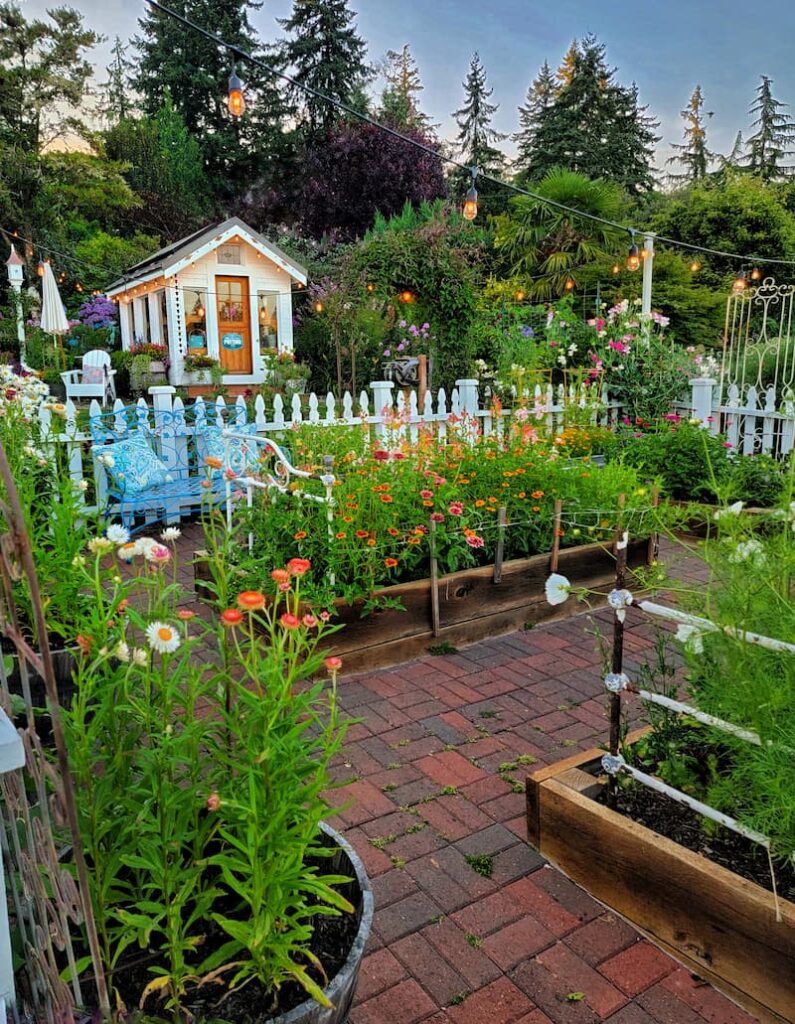
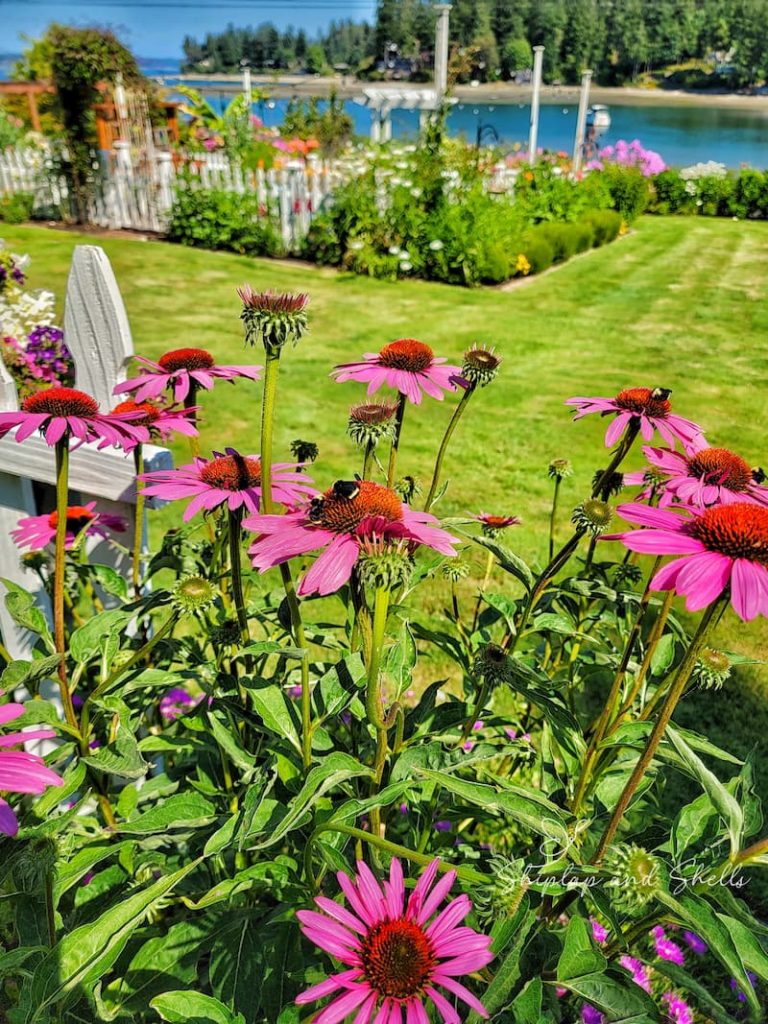
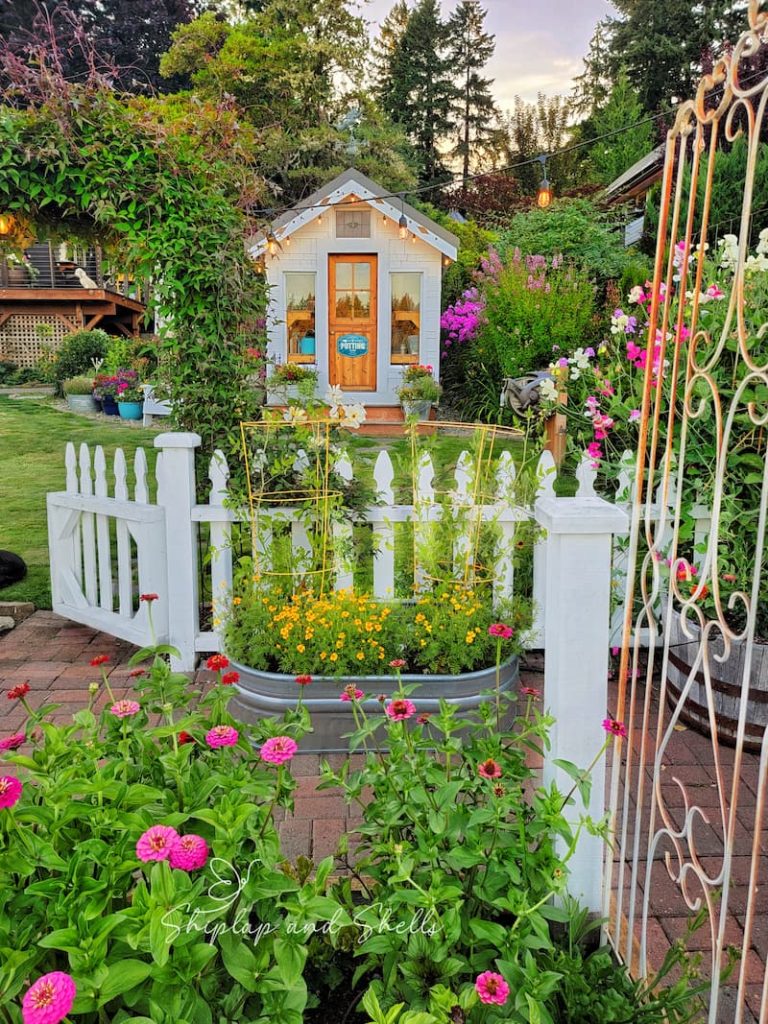
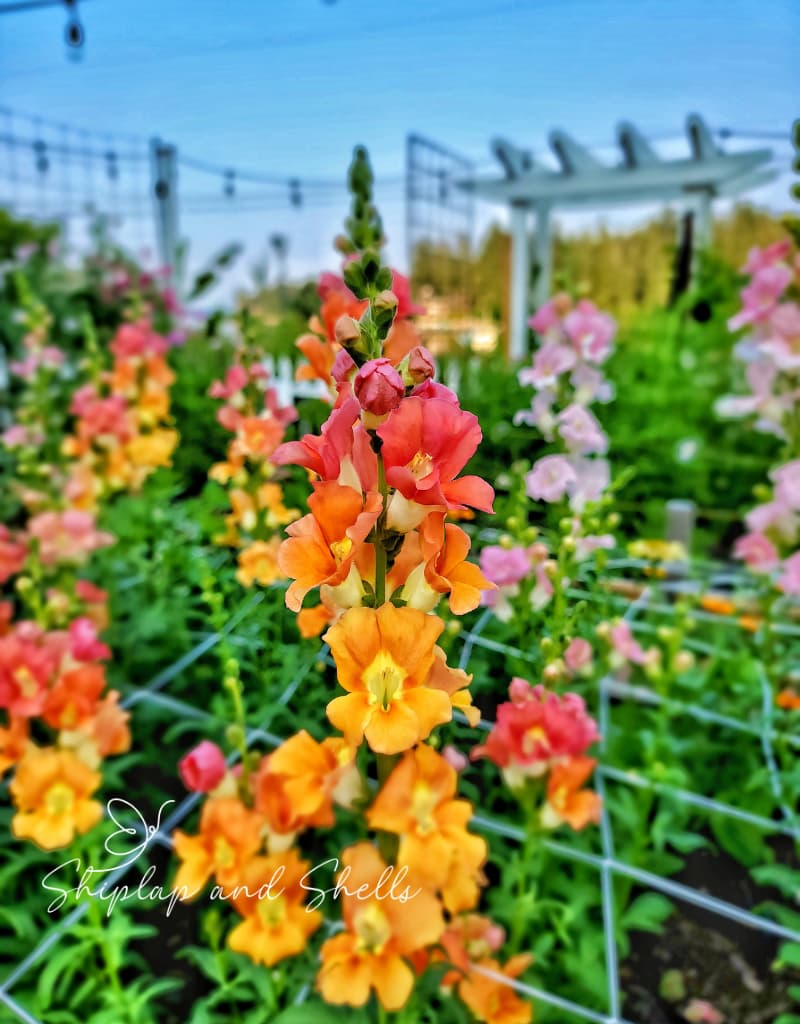
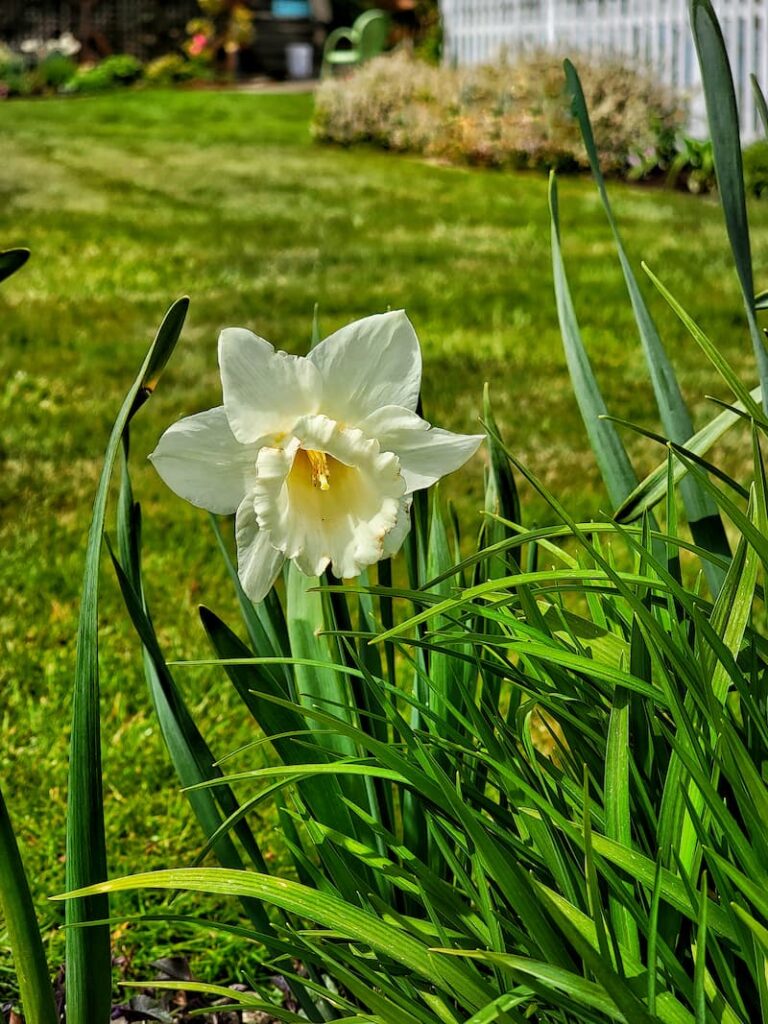
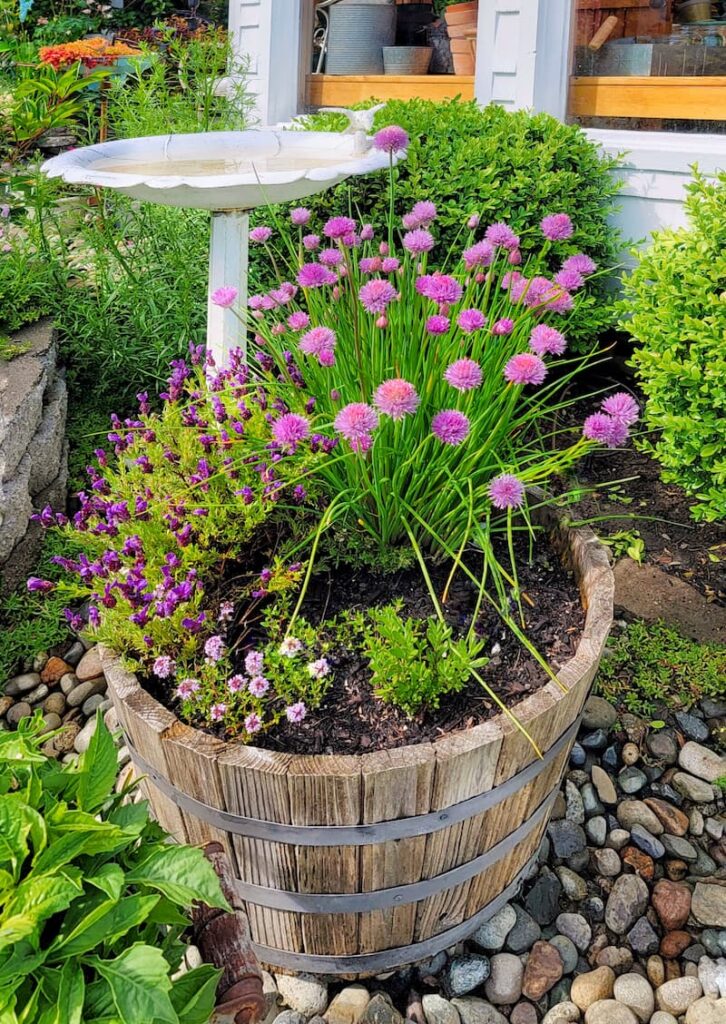
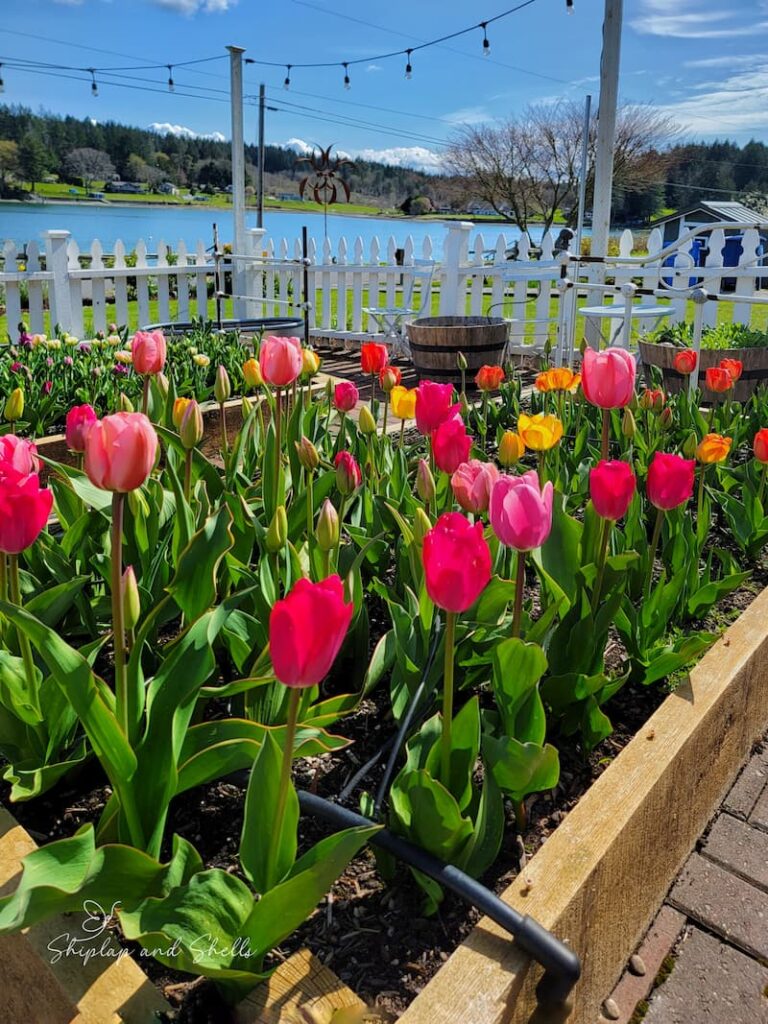
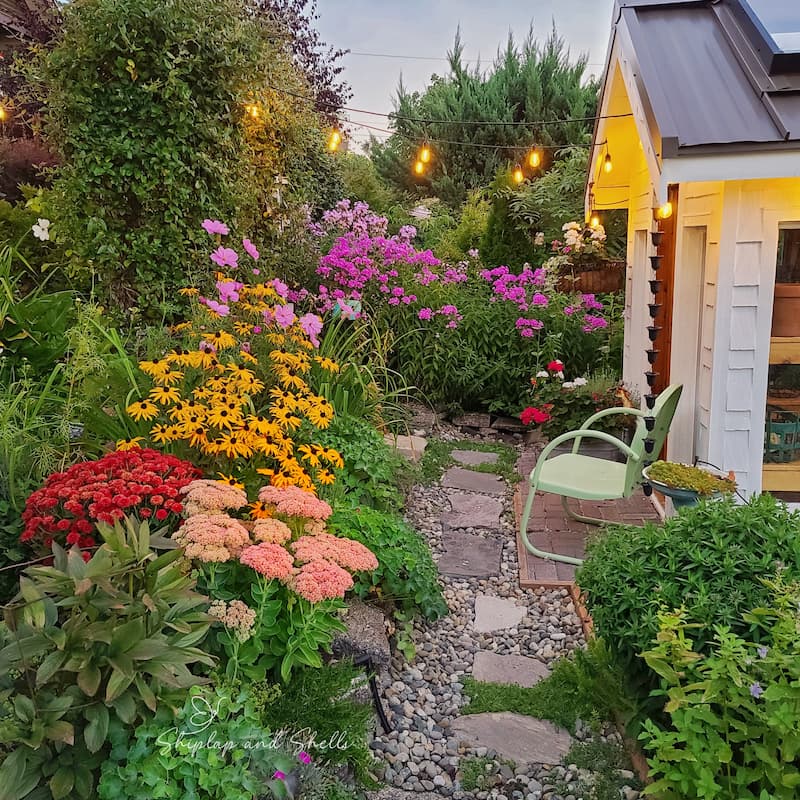
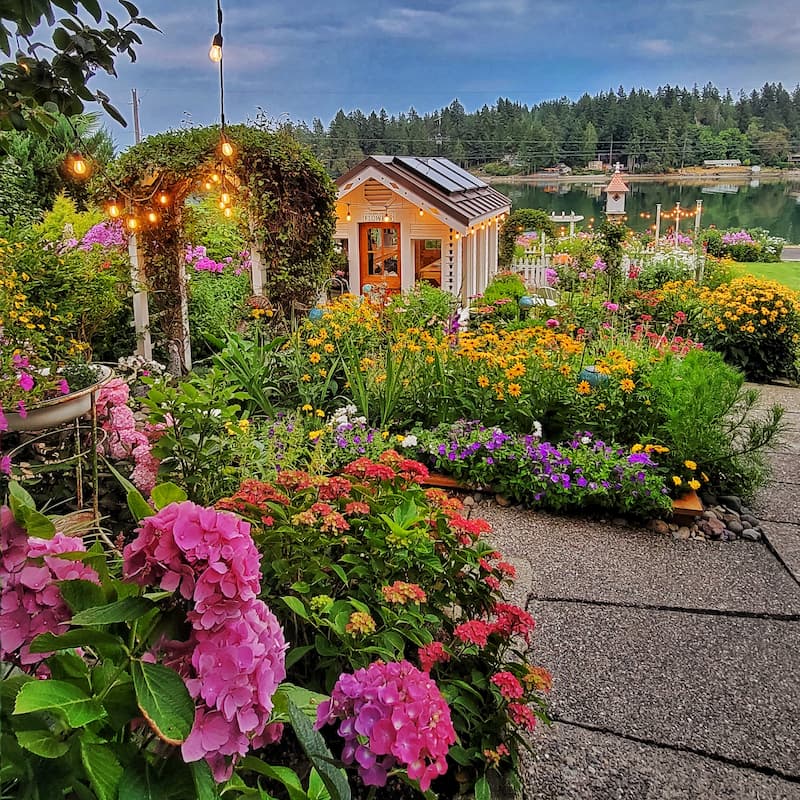
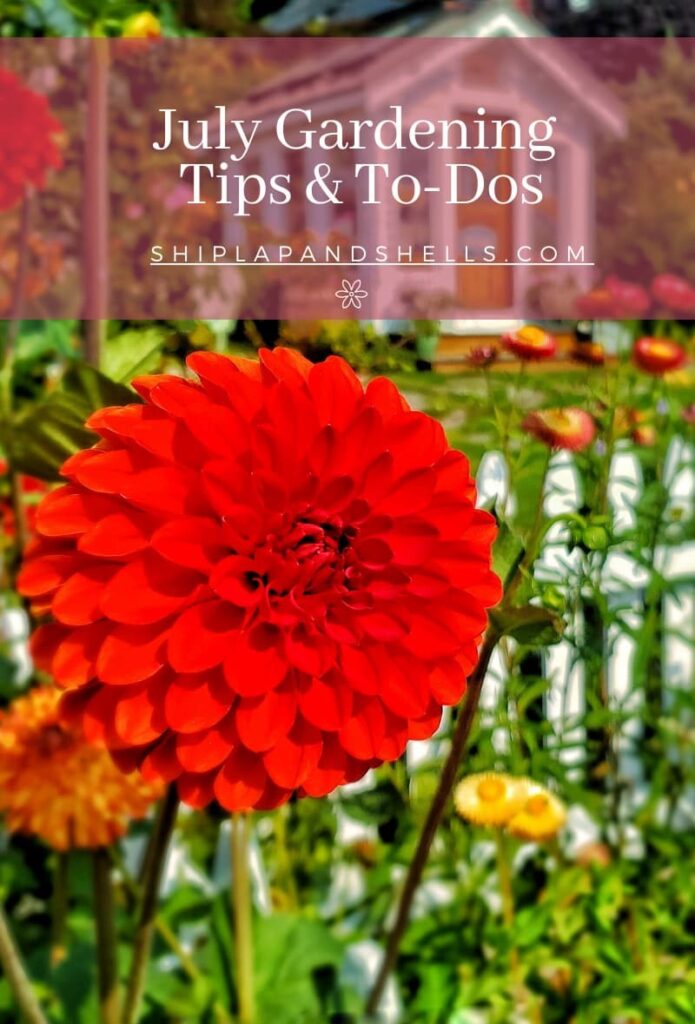
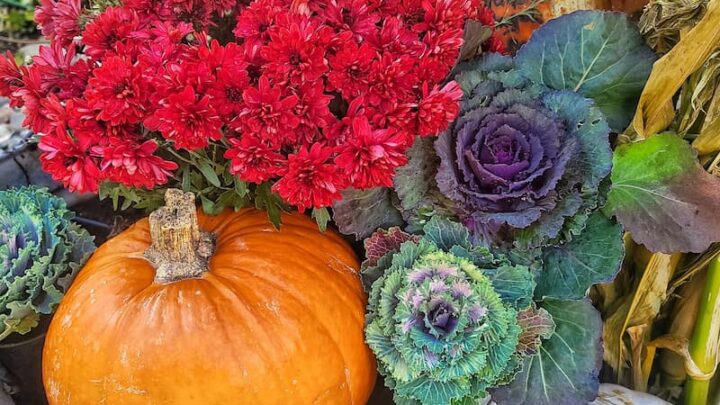
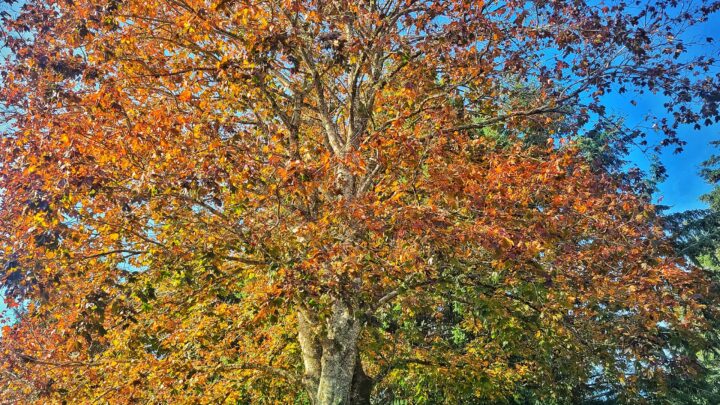
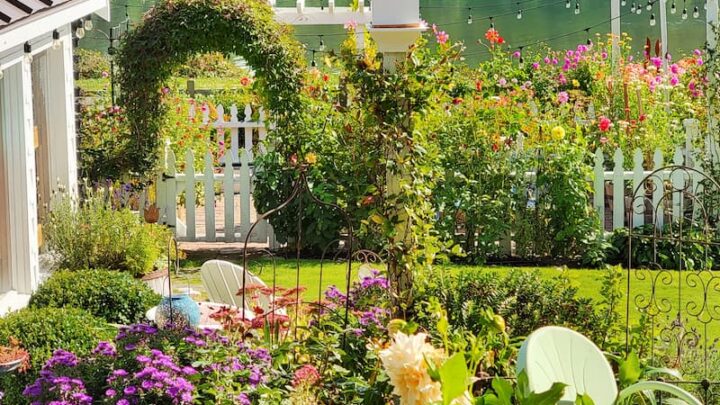
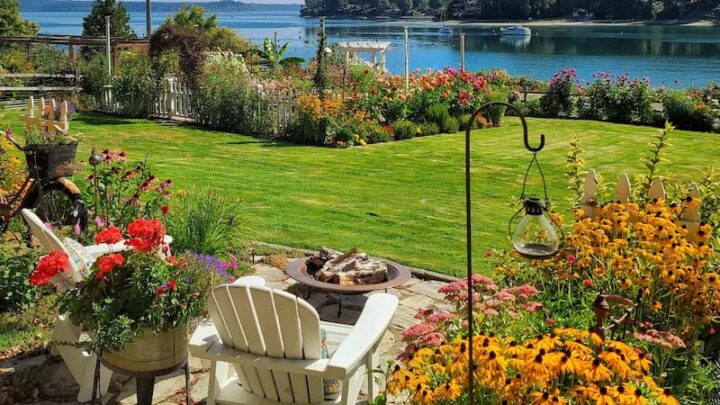
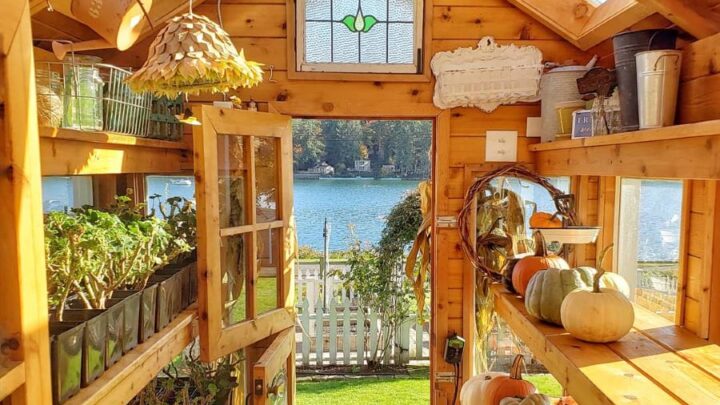
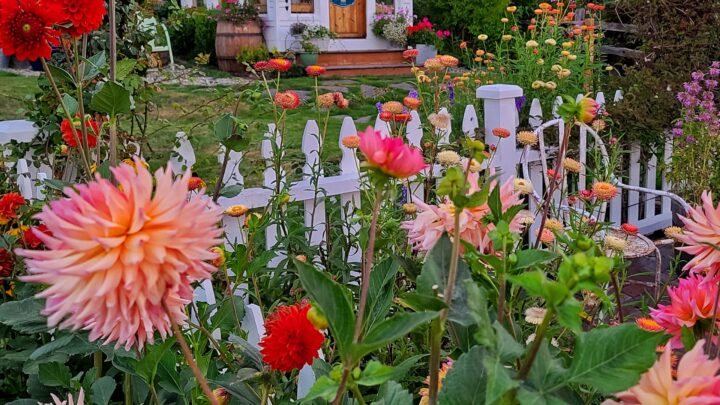
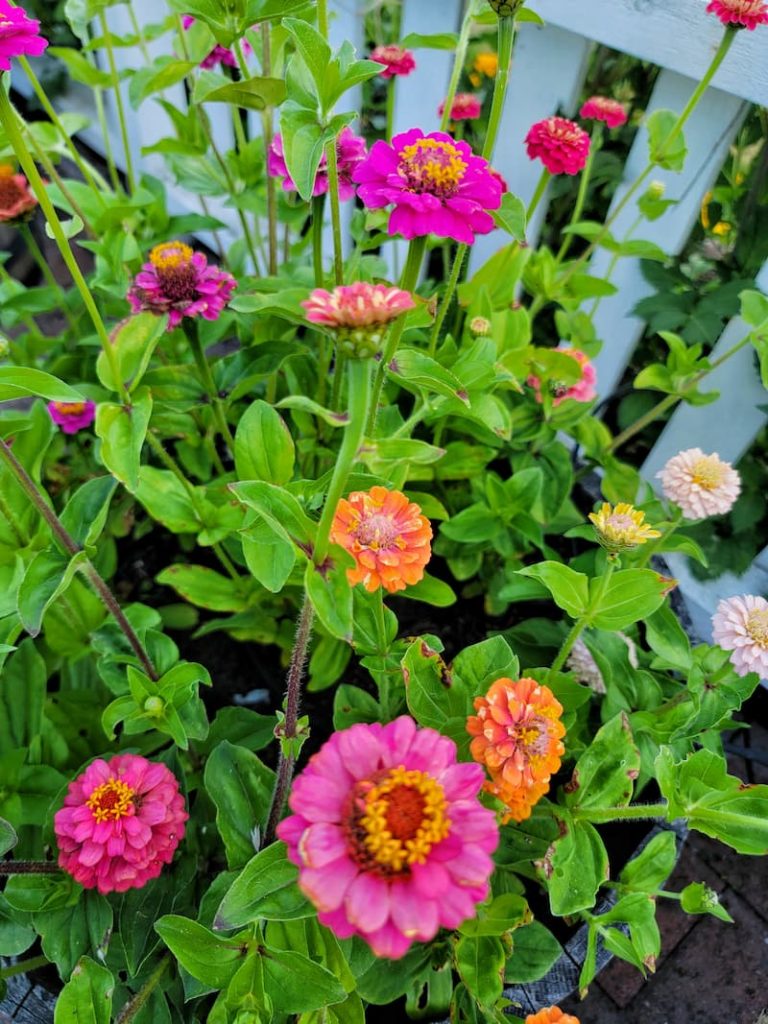

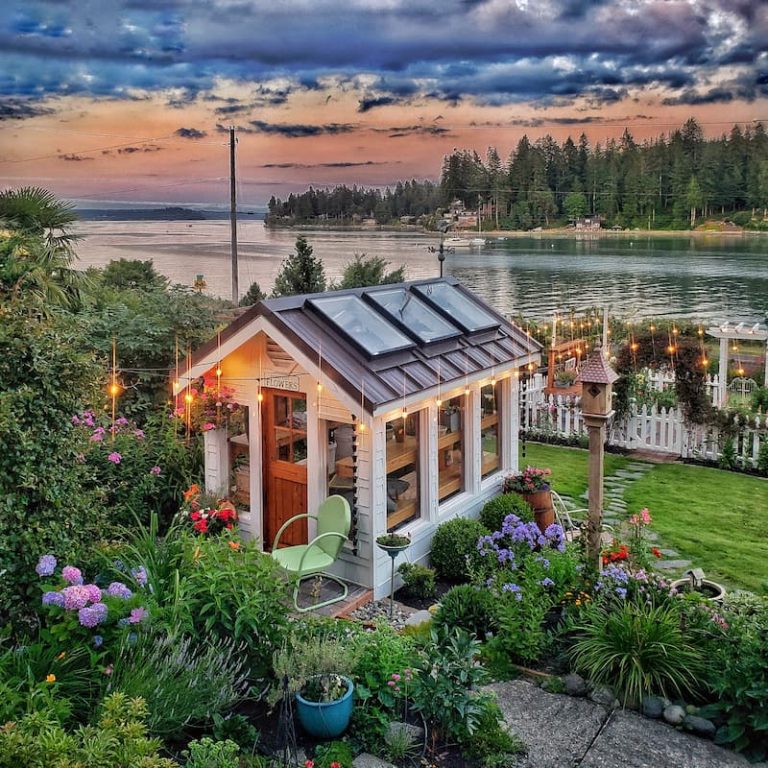

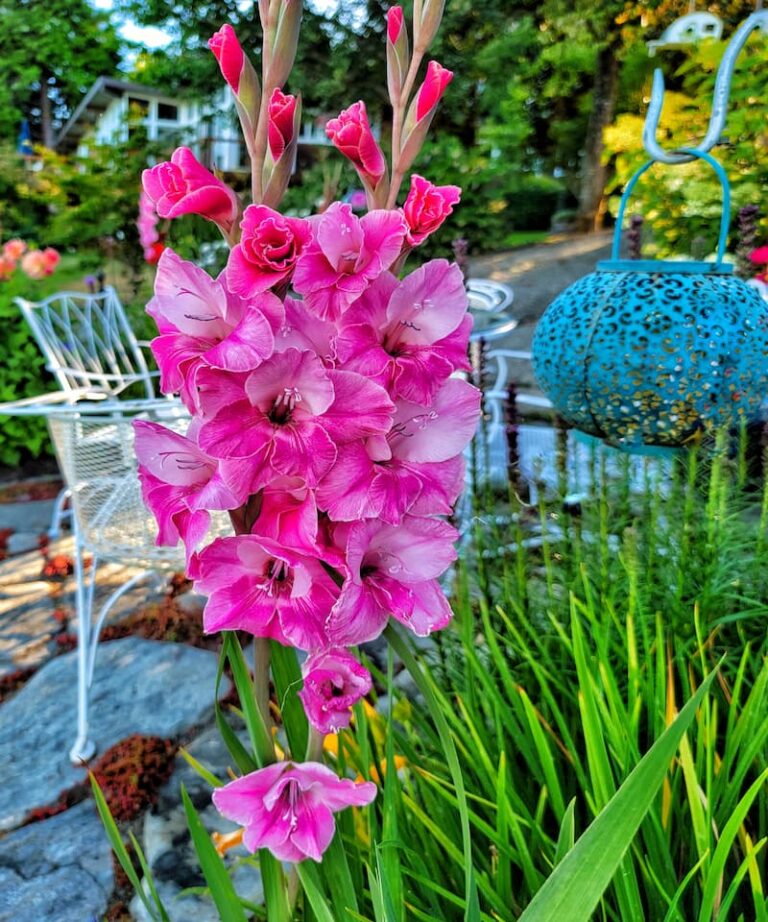
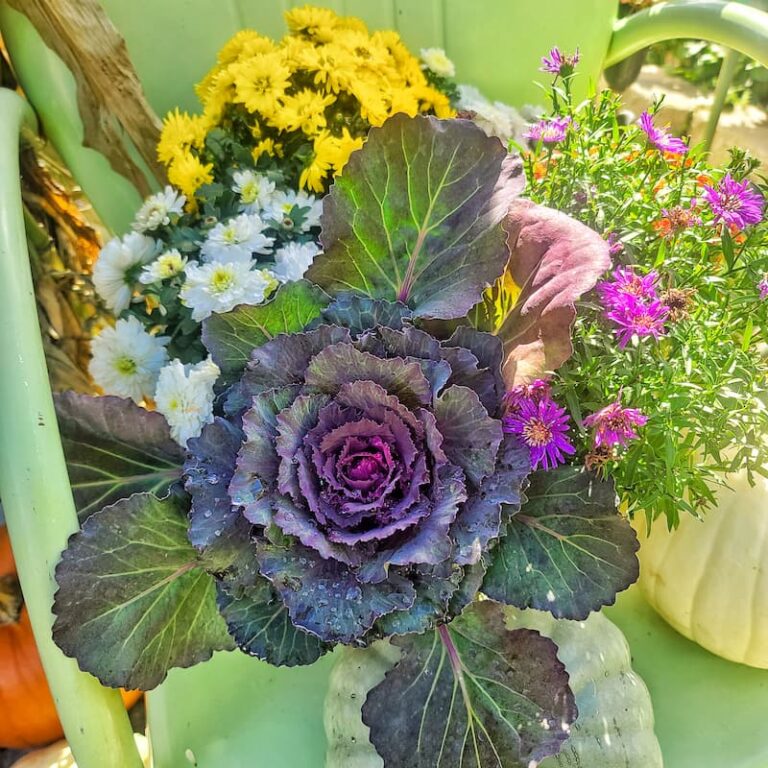
These were all such helpful tips, Kim, thank you! We’ve been having a hard time with slugs on our hydrangeas. It’s crazy hot here so I guess they’re digging down in our container gardens. We also have some really weird black spots on the leaves too so I really appreciate all the different ways you educate us on healthy plants. I need it! Big hugs, CoCo
Great tips Kim! I just cut all of my spring flowering bulbs back about a week or so ago! They were looking like a hot mess. Not anymore! Gardens look gorg! xo
Doesn’t it feel good when the last spring bulb foliage is cut back and your garden looks clean again? Sadly, I am still waiting on some of them to cut back.